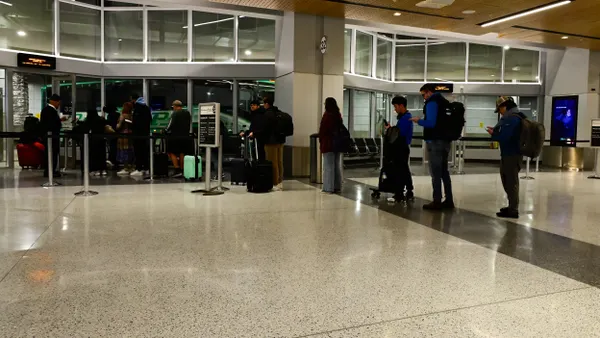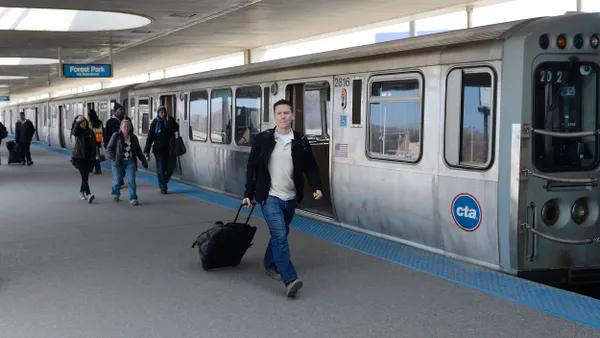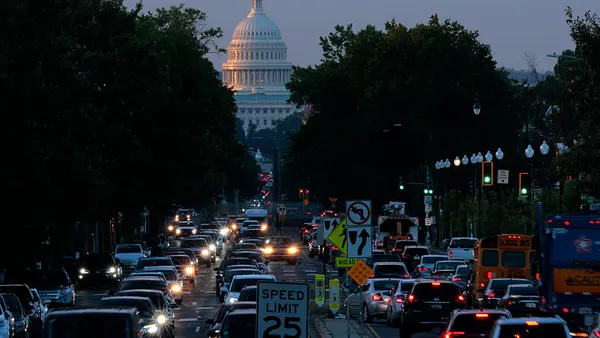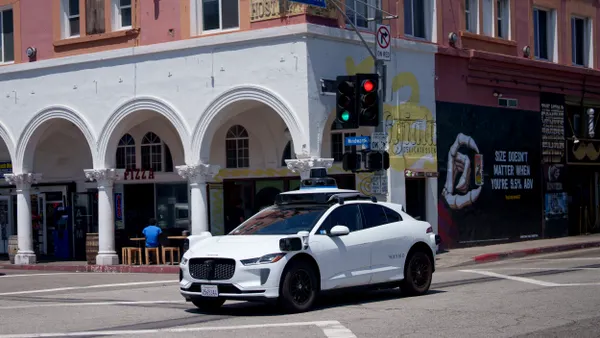Dive Brief:
- After a successful pilot in Ann Arbor, MI, Ford is expanding a program that uses advanced software tools and data visualization to help cities understand urban problems to six new partners. Ford will expand its City Insights Platform to Austin, TX; Indianapolis; Detroit; Miami; Pittsburgh; and Grand Rapids, MI.
- With Ann Arbor, Ford used safety, parking and transit data to create an interactive model of the city, complete with buildings, to test potential mobility solutions before implementing them. Data from connected vehicles helped provide a real-time look at congestion and traffic flow.
- "By bringing all this data into a single physical space, we can offer local officials across departments a new way of looking at how their city moves," Brett Wheatley, Ford's vice president for mobility marketing and growth, wrote in a Medium post.
Dive Insight:
The City Insights Platform is another example of how Ford has sought to go beyond its automaker roots and pivot to a future as a wide-ranging mobility and data company. Ford has expanded into micromobility with its acquisition of Spin, researched autonomous vehicles (AVs) with Argo AI, and has made a public push to prioritize data analysis. This summer, Ford’s Smart Mobility division announced the acquisition of Journey Holding, a technology company working on software for intelligent transportation systems.
The expansion of the Ann Arbor pilot into six new markets also dovetails with Ford's City:One Challenge, where the automaker crowd sources solutions to mobility problems. Ford has completed those challenges in Pittsburgh, Miami and Grand Rapids and recently expanded it to Detroit, Indianapolis and Austin.
Ford spokesman Wesley Sherwood told Smart Cities Dive the company considers the City:One challenges to be "customer research" that "help build relationships with cities and begin to learn what issues they are trying to address."
The City Insights Platform is meant to bring a big data approach to the mobility challenges identified by city officials and residents, covering everything from safety to transit. In Ann Arbor, for example, officials wanted to make sure there was sufficient parking to accommodate an 11% annual population growth.
By visualizing all public and private parking, and modeling traffic flow, the team found that rather than building new parking, it would be more efficient to direct drivers to open spaces and make spots more accessible. The software was also used to identify potentially hazardous intersections and other road safety issues.









